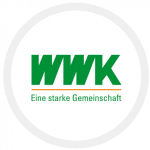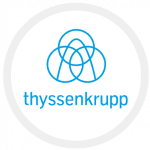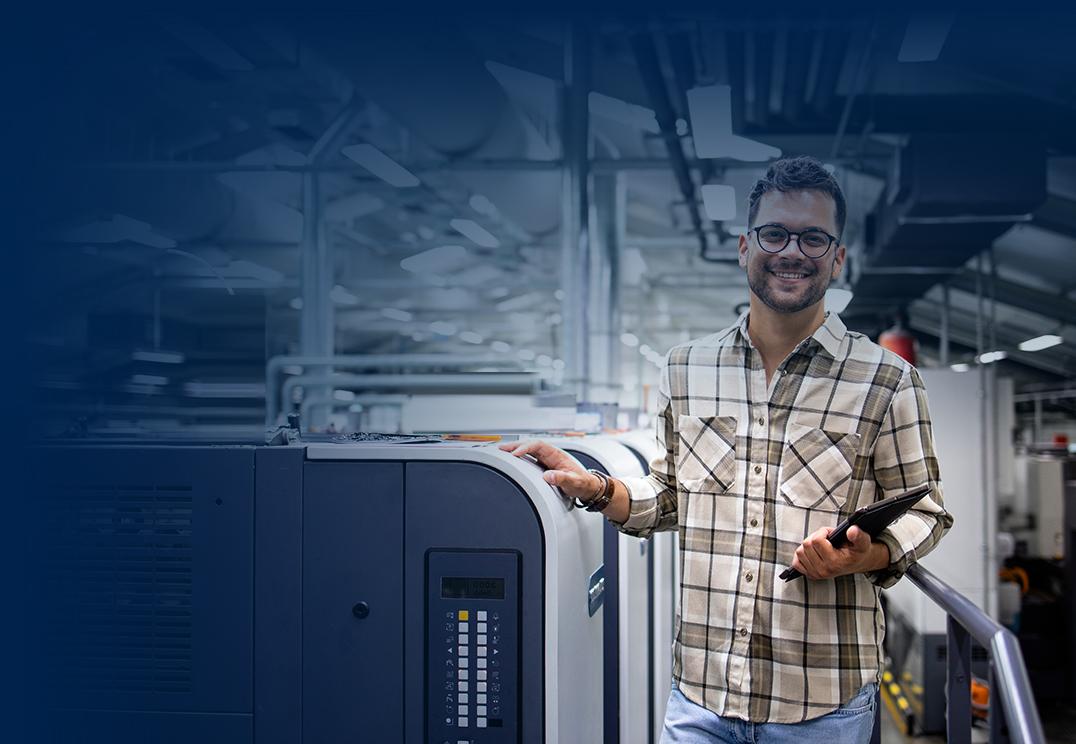Customers and Projects
Over 1,500 companies worldwide use DocBridge® products to optimize their Output Management. Find out how they succeed in concrete project examples.



Process large volumes of documents with high performance, even in complex processes

Operate all digital and physical channels via integrated interfaces

Reduce the risk of misprints and mailings to almost zero - you decide what is sent, when, and to whom

Bundle and sort individual documents and communications, control inserts, apply barcodes - rule-based, fully automated and cost-optimized

Reduce costs by making better use of postage discounts and significantly lower administration costs

Scale computing capacities flexibly according to mail volume through server-based virtualization
DocBridge® Pilot, a product of the DocBridge® Production Suite, provides you with optimum support in achieving these goals.


Prepare all common document formats for all analog and digital output channels in a way that is suitable for recipients

Analyze, modify, classify, index and convert high volumes of documents automatically and with high performance

Acquire more customer orders thanks to secure handling of all common formats - both on the input and output side

Integrate the software seamlessly and flexibly into your existing document and output management structure

Easily adjust capacity as required in the event of fluctuating or increasing volumes
DocBridge® Mill Plus, a product of the DocBridge® Production Suite, supports you optimally in achieving these goals.


Analyze and compare digital documents at both pixel and text level

Visualize whether and how changes affect the content and layout of a document

Define tolerance limits and areas that are excluded from the comparison

Ensure the handling of variable data in complex personalized customer communication

Prevent corporate design deviations and thus protect the brand identity

Increase productivity and quality by avoiding errors in document creation
DocBridge® Delta, a product of the DocBridge® Production Suite, supports you optimally in achieving these goals.


Enable your employees in the office or in the field to create their ad-hoc customer correspondence remotely in familiar software and automatically transfer it to the central output management system

Easily connect almost any data-supplying application via numerous interfaces

Ensure the highest quality in customer communication through automated checking and configurable approval workflows

Reduce costs by eliminating decentralized printing, inserting and franking, reducing the number of departmental printers and making consistent use of postage discounts

Ensure seamless traceability of the communication history
DocBridge® FileCab, a product of the DocBridge® Production Suite, supports you optimally in achieving these goals.


Configure and control print jobs and input and output connectors centrally

Reduce manual activities by automatically assigning print jobs according to specific criteria

Shorten machine set-up times and optimize capacity utilization by sequencing print jobs with the same attributes

Optimize data streams to utilize the full print speed

Monitor the entire print production using a web-based user interface with integrated document viewer
DocBridge® Spool, a product of the DocBridge® Production Suite, optimally supports you in achieving these goals.


Collect and consolidate metrics from software applications and production systems

Monitor each individual document via an intuitive user interface with integrated search and filter functions

Visualize the entire process from pre-press to finishing in user-specific dashboards

Generate dynamic and user-specific reports

Proactively safeguard against non-compliance with production SLAs or exceeding production times using integrated warning mechanisms based on predefined criteria

Optimize your operations with a continuous 360° view
DocBridge® Auditrack, a product of the DocBridge® Production Suite, optimally supports you in achieving these goals.






The solution collects the letters created locally by clerks from MS Word, validates the documents and transfers them to the central output management system. WWK benefits from:


The Group is bringing its output management back in-house. Instead of a traditional print shop, a Group-wide "Competence Center for Print and Digital Media" was created. Thyssenkrupp benefits from:


By establishing a central printing center, the Swedish police are creating the basis for transparency and cost reductions in their document processing. The authority benefits from:


To meet growing customer demands and to improve productivity and efficiency in production printing, Allied Printing Service implements automated document verification and conversion. Allied Printing benefits from:


The insurance company is installing a system to monitor group-wide document and output management. The solution enables the seamless tracking of every single document throughout the entire creation process. HDI benefits from: